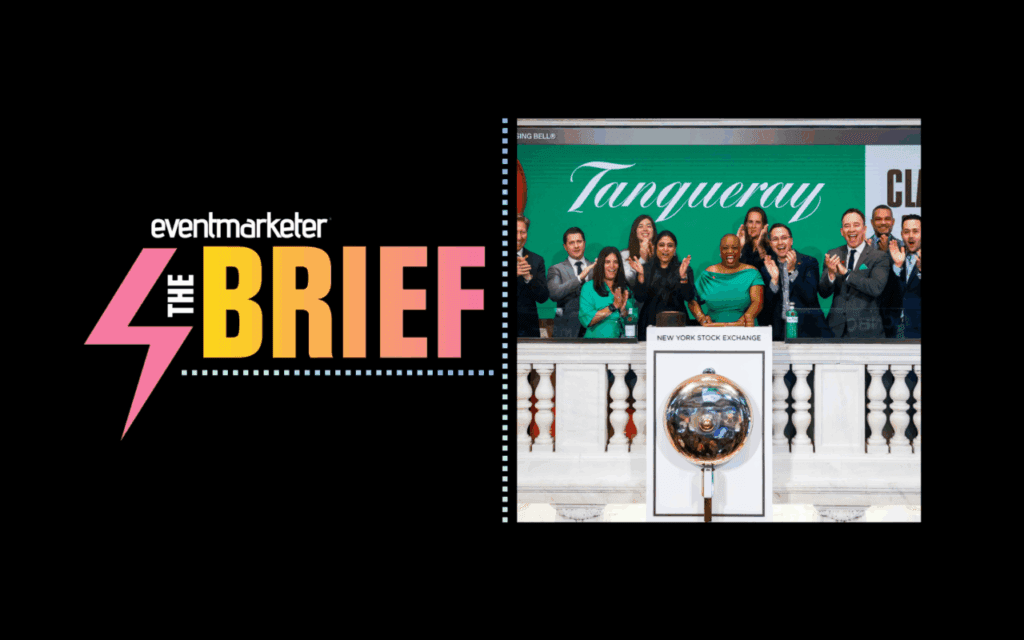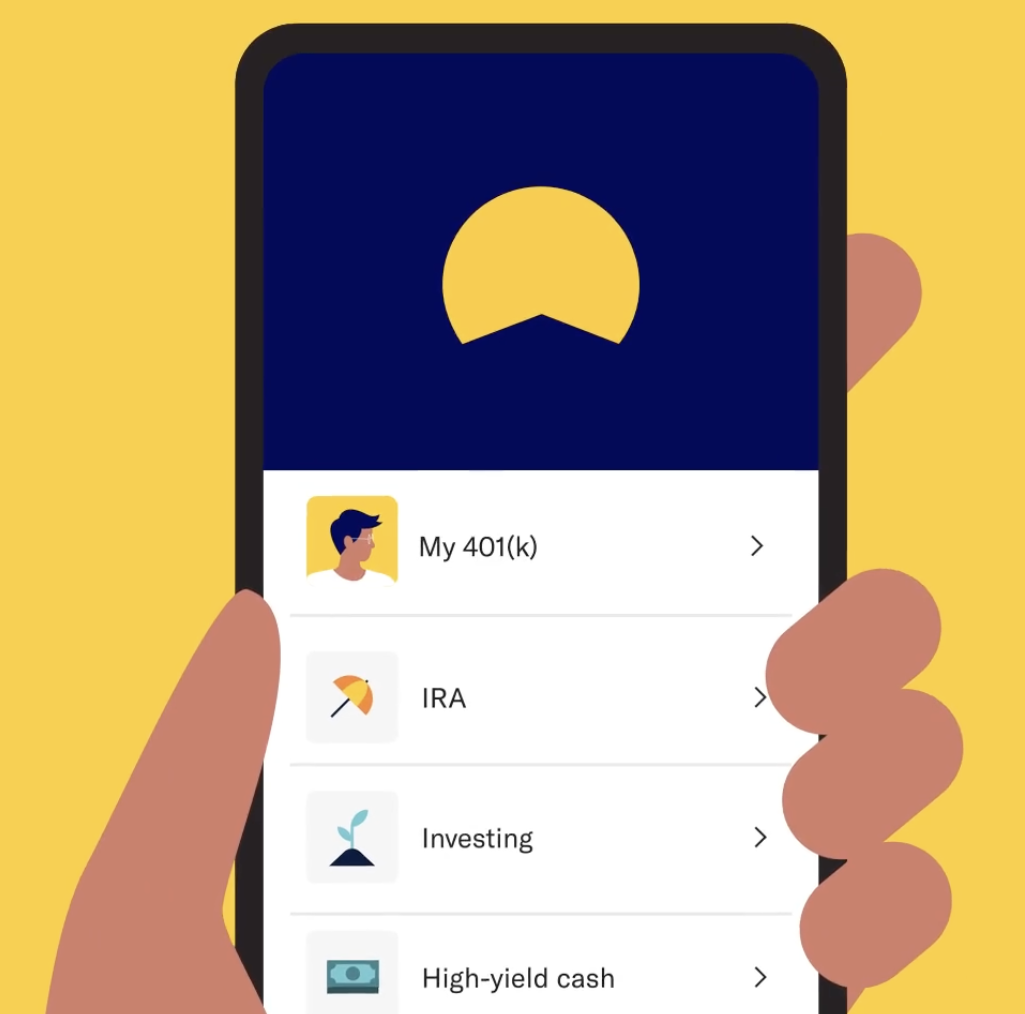Ask the average American what he knows about Africa, and more likely than not the answer will relate to some Discovery Channel documentary or an old Tarzan movie. In the past year, however, television and films have discovered Africa as a fertile backdrop for stories related to more than just cross-eyed lions and Nelson Mandela. Advertisers too are taking notice.
Films such as “Madagascar,” “The Interpreter,” and “The Hotel Rwanda” touched on Africa in different ways. Now television is following suit. In September, Cox Communications is launching of The Africa Channel, a general entertainment network, on its digital tier in two systems. And this winter PBS will debut “African-American Lives,” a four-hour series that will profile distinguished African Americans and trace their preslavery roots back across the Atlantic. Proctor & Gamble and Coca-Cola are backing the series, which is being produced by New York’s WNET and Kunhardt Productions.
Have the gatekeepers woken up to the economic muscle of black Americans, who have often been all but invisible on major prime-time series?
Madison Avenue executives parrot the politically correct answer, that they have always prized the African American audiences that the PBS series and The Africa Channel will appeal to.
“We have always made sure we were reaching them,” says the head of the national broadcast department of one major media buyer. “We’ll embrace any vehicle that helps us reach them.
Marketers recognize the trend-setting role young African Americans play among all audiences, says Ellen Neuborne, editor of “Marketing to Emerging Majorities,” a newsletter that tracks multicultural trends. Sponsors like P&G and Coke “understand that by supporting [the PBS special] they are reaching out to this audience and saying, ‘We’re interested in you and interested in having you as a customer.’”
What’s more, evidence from Nielsen Media Research shows that viewership trends among African Americans are stronger than those of the overall television base. From Dec. 27, 2004, to June 26, 2005, the average African American watched 128 minutes of TV a day, compared with 124 minutes for the same period a year ago, a 3% gain. Among the overall U.S. television household base, that figure also rose, but by less than 1%, from 113 to 114 minutes.
Moreover, new Nielsen Local People Meter (LPM) devices are picking up stronger TV viewing in most minority households because they do not rely on the old diary system for monitoring demographics in local markets. Nielsen has so far employed the LPMs in five top-10 markets, including New York, Los Angeles, and Chicago. “The number of African Americans is bigger and more representative of what [they] are watching,” says a Nielsen spokesperson.
Besides, backers of The Africa Channel contend that its programming will appeal to nonblack audiences as well, because of the continent’s rich mosaic of cultures and races. “People realize there is so much more going on in Africa, more than just famine, corruption, HIV, AIDS,” says Jacob Arback, president/cofounder of the network, which has 20 backers. “Advertisers, even cable operators are seeing the bigger picture.”
The network will draw from African program suppliers for soap operas, films, news, investigative journalism, and series on travel, culture, and music.
 Network
Network

